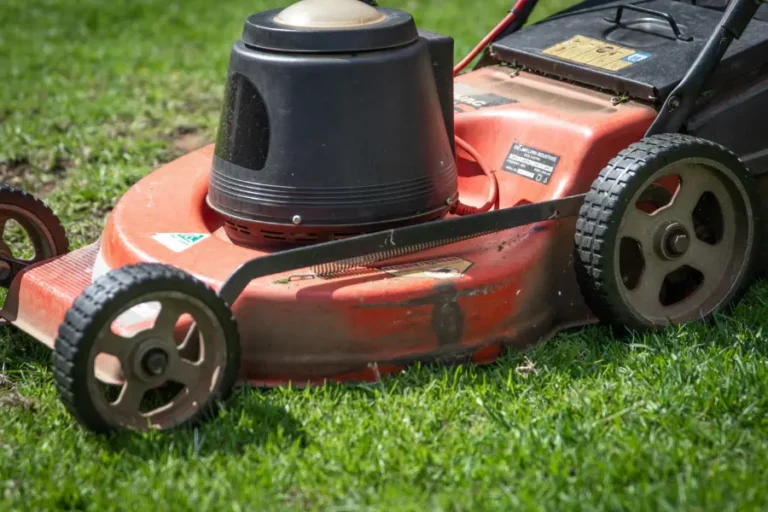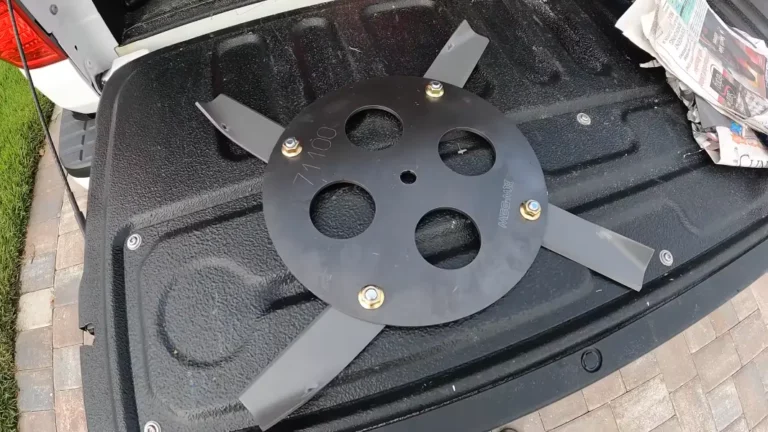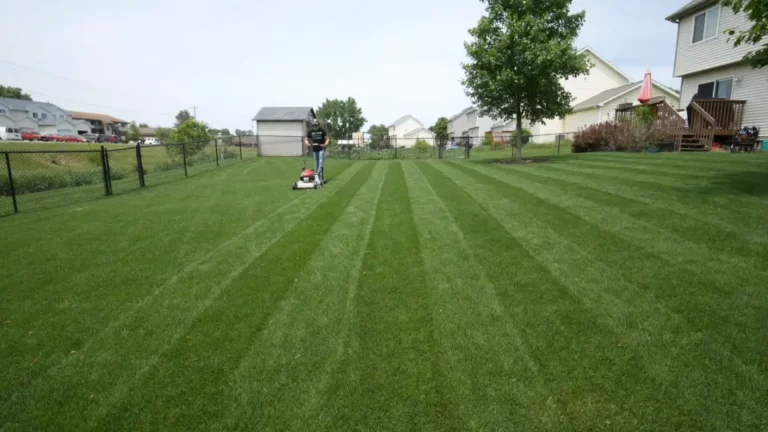How to Bypass Safety Switch on Riding Mower
A safety switch on a riding mower is designed to protect the operator and bystanders from accidents and injuries. However, if the safety switch malfunctions or is damaged, you may need to temporarily bypass it until you can fix or replace it.
If you’re wondering how to bypass safety switch on riding mower, you’ve come to the right place. Bypassing the safety switch on a riding mower is a fairly straightforward process that can take less than 30 minutes. Let’s get into it.
What Are Safety Switches in Lawn Mower and Why Are They Important?
Safety switches on a riding mower are devices that prevent the engine from starting or running unless certain conditions are met.
They act as sensors that detect the presence or absence of the operator, the position of the blades, and the direction of the movement.
There are usually three types of safety switches on a riding mower: seat safety switch, reverse safety switch, and PTO safety switch.
Safety switches are important because they prevent accidents and injuries that can occur when using a riding mower. They stop the engine and the blades when you fall off the seat, try to mow in reverse, or try to start the mower with the blades already engaged.
Benefits of Bypassing the Safety Switch on a Riding Mower
Some of the possible benefits of bypassing the safety switch on a riding mower are:
- Convenience: Bypassing the safety switch can make it easier to start and stop the mower, as you do not have to worry about being on the seat or pressing the brake. This can save you time and hassle, especially if you have to get off and on frequently.
- Flexibility: Bypassing the safety switch can allow you to operate the mower in different ways, such as reversing with the blades on, or using it as a yard tractor. This can give you more options and versatility for your mowing tasks.
- Testing: Bypassing the safety switch can help you troubleshoot or diagnose problems with your mower, such as a faulty solenoid or a bad battery. By eliminating the safety switch from the circuit, you can isolate and identify the source of the issue.
After mowing your lawn, you may have difficulty trimming the grass. Check out this detailed solution on how to get rid of grass clippings.
What Are the Risks of Bypassing Safety Switches?
Bypassing safety switches on riding mower can pose serious risks if not done correctly or without taking proper precautions. Some of these risks are:
- Injury: Losing control of the mower and causing injuries or damage to yourself, others, or property.
- Hazards: Having the blades spin even after turning off or leaving the mower, creating unexpected hazards.
- Damage: Damaging the mower components and voiding any warranties.
- Liability: Violating any local laws or regulations regarding mower safety.
According to a study published in the American Journal of Emergency Medicine, lawn mowers cause more than 84,944 injuries in America every year. Many of these injuries could have been prevented by using safety switches properly.
How to Identify or Locate the Safety Switches on a Riding Mower?
It’s really important to identify the safety switches on a riding mower before bypassing them. Here’s how to locate and find them.
1. Seat Safety Switch
The seat safety switch is usually located under the seat of the mower. It has two terminals connected by two wires.
2. Reverse Safety Switch
The reverse safety switch is usually located near the transmission or gear shift of the mower. It has three terminals connected by three wires.
3. PTO Safety Switch
The PTO safety switch is usually located near the clutch or brake pedal of the mower. It has two terminals connected by two wires.
How to How to Bypass Safety Switch on Riding Mower: Quick Solution
To bypass the safety switch on your riding mower, you will need some basic tools and skills, such as a screwdriver, a wire stripper, and some electrical tape.
The exact procedure may vary depending on your model and type of safety switch. The general steps for bypassing the safety switch are as follows:
- Locate and identify the safety switch that you want to bypass. For example, the seat safety switch, the reverse safety switch, or the PTO safety switch.
- Disconnect and isolate the wires that connect the safety switch to the engine or the blades. You can either cut them off with wire cutters or unplug them from their connectors.
- Find out which wires are responsible for opening or closing the safety switch circuit. You can use a multi-meter to test the continuity of each wire or refer to the wiring diagram of your mower model.
- Connect these wires together by soldering or using a jumper wire with alligator clips. By doing this you are creating a closed circuit that bypasses the switch.
- Wrap the exposed wires with electrical tape to prevent any short circuits or sparks.
- Test and verify that your bypass is functioning correctly. If it’s not, check your connections and wiring diagram again, or consult a professional.
This step-by-step guide will help you to bypass all the safety switches in no time. You can also watch this video for a visual guide on bypassing the seat safety switch.
Frequently Asked Questions[ FAQs]
Is it risky to bypass the safety switch?
Bypassing the safety switch on your riding mower can increase the chance of injury to yourself or others, as the mower can run without your control. So, it is somewhat of a risky task indeed.
How long does it take to bypass the safety switch on my riding mower?
It should take 15-30 minutes to complete the process depending on your skill level.
How much does it cost to bypass the safety switch on my riding mower?
The cost of bypassing the safety switch on your riding mower is minimal, as you only need some basic tools and a jumper wire.
How do I reverse the bypass of the safety switch on my riding mower?
To reverse the bypass of the safety switch on your riding mower, you will need to undo the steps that you did to bypass it.




